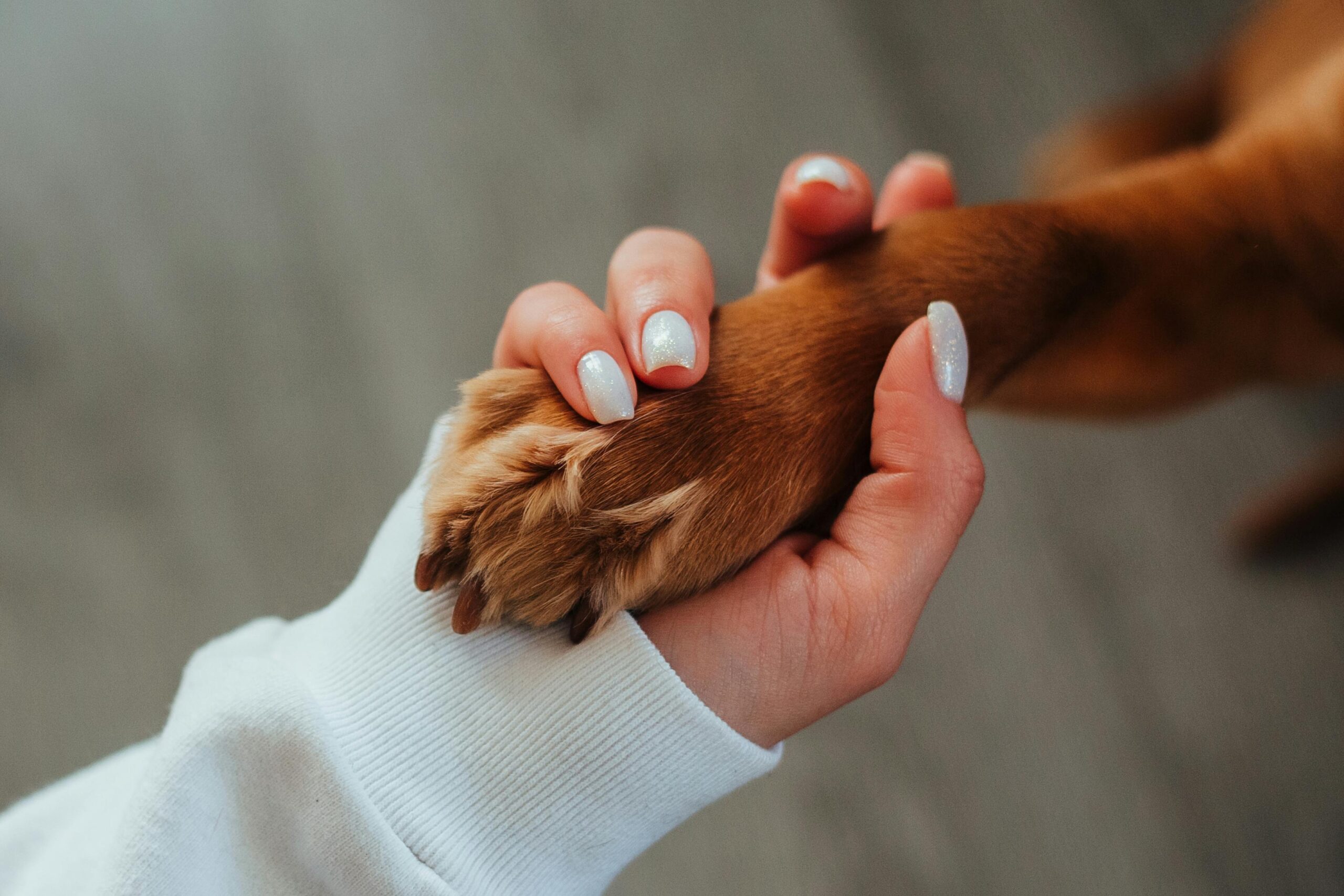When disaster strikes, having a plan for your entire family—including your furry, feathered, or scaled companions—is essential. Many pet owners find themselves unprepared when emergencies occur, leading to panic and potentially dangerous situations for their animals. Creating a pet emergency kit, sometimes called a pet go bag, ensures you have everything your pet needs during an evacuation or disaster. This article will guide you through assembling a comprehensive emergency kit for your pets and developing an evacuation plan that keeps all family members safe.
Why Pet Emergency Preparedness Matters
Emergencies and natural disasters can happen without warning. Floods, fires, hurricanes, earthquakes, and other catastrophic events don’t discriminate, and when they occur, having seconds—not minutes—to evacuate is often the reality. Pet owners who haven’t prepared in advance may be forced to make impossible choices or put themselves at risk trying to gather supplies for their animals. According to emergency management experts, having a dedicated pet emergency kit ready at all times significantly increases the likelihood that your pet will weather a disaster safely. Disaster preparedness for pets isn’t just about convenience—it’s about survival and ensuring that your beloved companions don’t become part of the tragic statistics of animals lost or abandoned during emergencies.
Essential Components of Your Pet Go Bag
The foundation of your pet emergency kit should be food and water to sustain your pet for at least five days. Store dry food in airtight containers and rotate it every two months to ensure freshness. Include bottled water specifically for your pet—animals under stress often drink more than usual. Don’t forget collapsible food and water bowls that take up minimal space in your go bag. Any medications your pet takes regularly should be stored in waterproof containers with clear instructions about dosage and administration. Ask your veterinarian for extra prescriptions to keep in your emergency kit, and check expiration dates regularly. A pet first aid kit with bandages, antiseptic wipes, and tweezers can help address minor injuries until you can reach veterinary care. As AskHomey home experts suggest when organizing emergency supplies, using clear, labeled containers helps ensure quick access when seconds count.
Documentation and Identification
Your pet emergency kit should contain copies of all important documents in waterproof storage. Include vaccination records, medical history, microchip information, and clear photographs of your pet (including shots that show any distinctive markings). These documents prove ownership and provide critical medical information if you need to board your pet or seek veterinary care during an evacuation. Make sure your pet wears a collar with ID tags at all times, and consider having a backup collar and tag set in your emergency kit. For added protection, store digital copies of all these documents in cloud storage that you can access from any device. A list of pet-friendly hotels, emergency veterinary hospitals, and boarding facilities along evacuation routes should also be included in your documentation packet.
Comfort and Containment
During emergencies, pets experience extreme stress and anxiety. Including familiar comfort items in your pet go bag helps reduce this trauma. Pack a favorite toy, blanket, or bedding that smells like home. These items provide psychological comfort during a frightening time. For containment and transportation, include appropriate carriers, leashes, or harnesses. Cats and small animals should have sturdy carriers, while dogs need secure leashes and possibly muzzles, as even the gentlest pets can become aggressive when frightened. For unusual pets like birds, reptiles, or small mammals, specialized transport containers may be necessary. Think through how you’ll move your specific pet safely and include the appropriate gear in your emergency kit.
Creating an Evacuation Plan for Pets
An evacuation plan for pets should be integrated into your family’s overall emergency strategy. Designate specific family members to be responsible for grabbing the pet emergency kit and handling each animal. Practice evacuation drills that include your pets so they become accustomed to the process and carriers. Identify multiple evacuation routes and pet-friendly destinations, including hotels, shelters, or homes of friends and relatives willing to accommodate your animals. Many disaster shelters don’t accept pets, so planning alternative arrangements is crucial. Coordinate with neighbors who can help your pets if an emergency happens while you’re away from home. Exchange keys and emergency contact information, and make sure they know where your pet go bag is located and how to use its contents.
Maintaining Your Pet Emergency Kit
Disaster preparedness for pets isn’t a one-time task—it requires regular maintenance. Set calendar reminders to check your pet emergency kit every three months. Replace expired medications, rotate food supplies, update medical records, and ensure all contact information remains current. As your pet ages or develops new medical conditions, adjust the contents of the kit accordingly. Seasonal considerations may also affect what you pack—extra water in summer months or warming items during winter. This regular maintenance ensures that when an emergency occurs, your pet go bag contains everything needed for your pet’s safety and comfort.
For more tips and to connect with reliable home service professionals, follow AskHomey on Facebook and Instagram.



